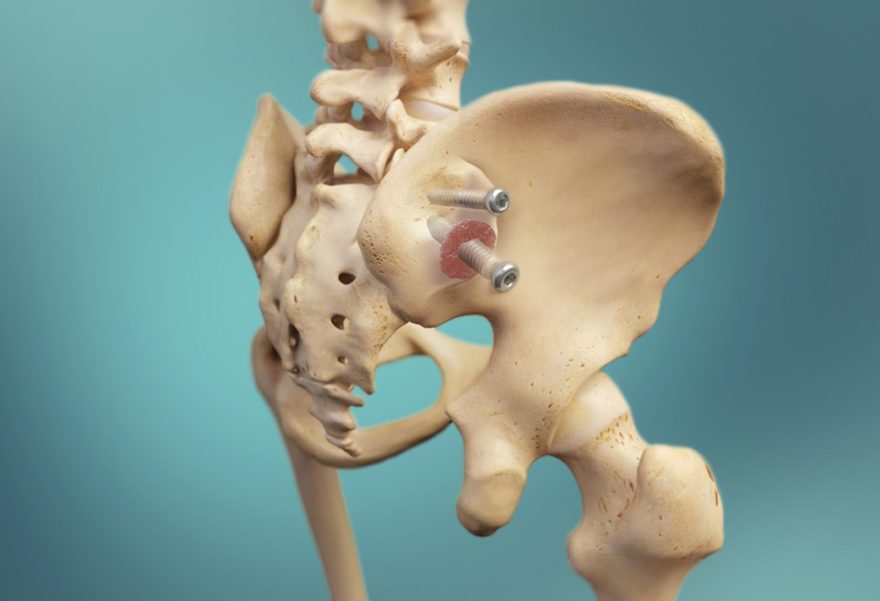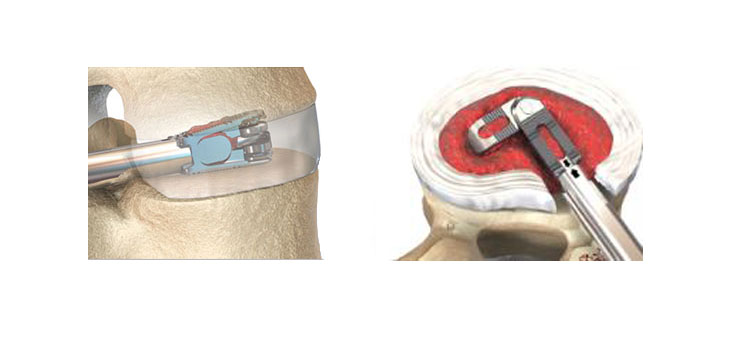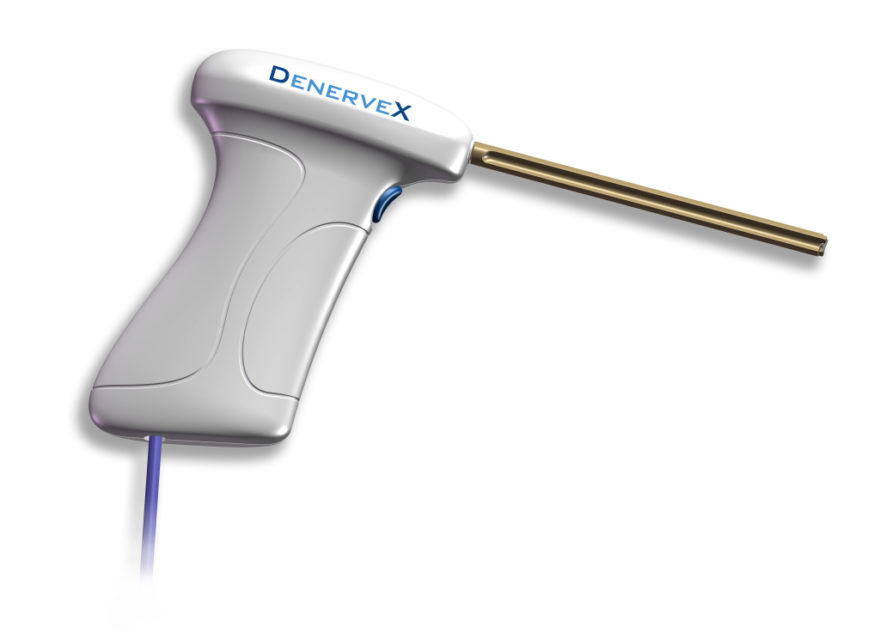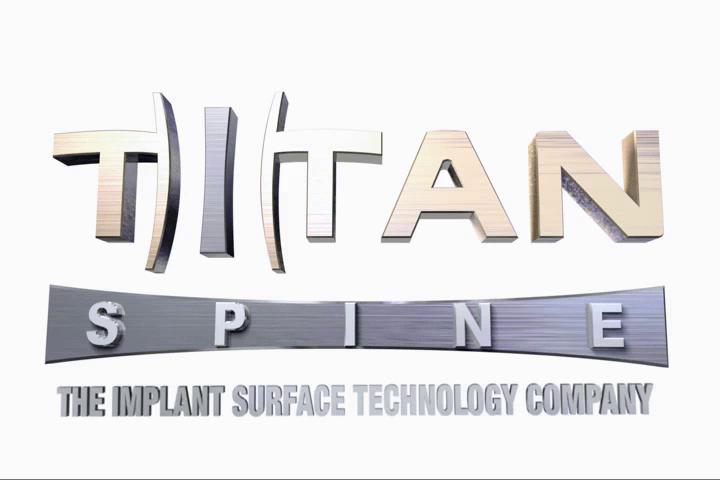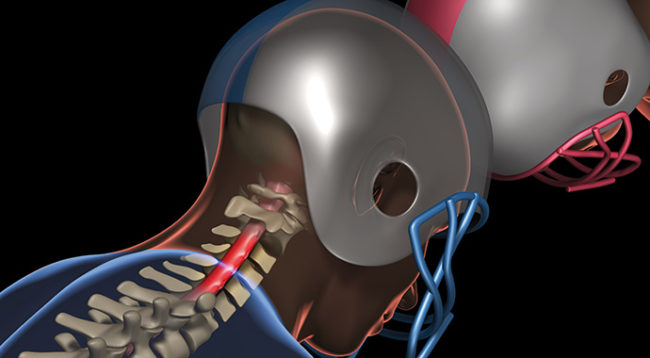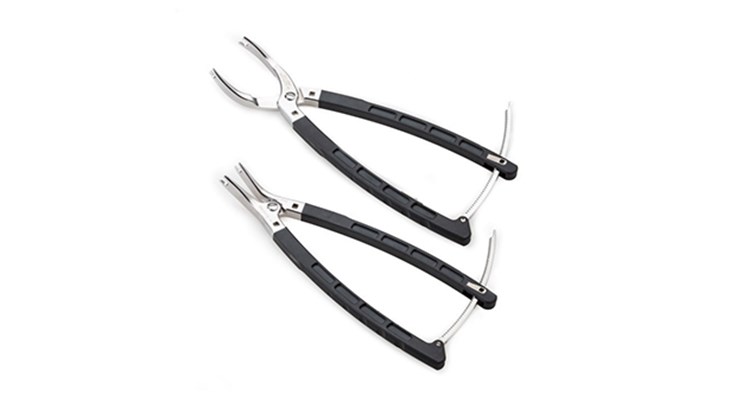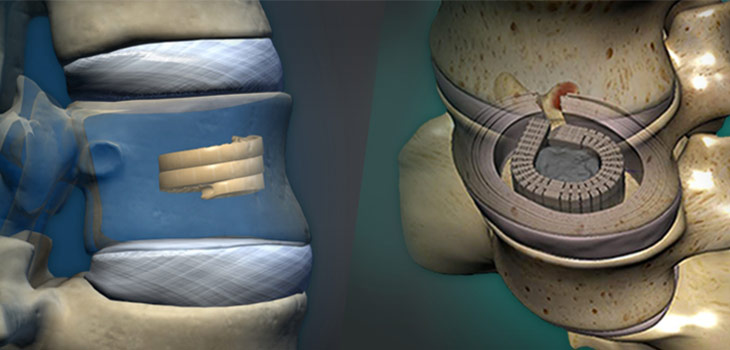MEQUON, Wis.–(BUSINESS WIRE)–Titan Spine, a medical device surface technology company focused on developing innovative spinal interbody fusion implants, today announced that it has expanded the distribution of its line of Endoskeleton® titanium implants featuring the company’s new proprietary nanoLOCK® surface technology nationwide. The full U.S. launch follows the successful alpha introduction of the nanoLOCK® technology initiated recently in a limited number of sites. The Company has achieved sales of nanoLOCK® implants in 14 hospitals in 8 states since its introduction and is in the process of signing contracts with several large hospital systems.
The nanoLOCK® surface technology, which is manufactured through a proprietary subtractive process, has received two differentiated government agency designations that highlight its uniqueness within the interbody fusion device market. In late 2014, Titan Spine added an additional U.S. Food and Drug Administration (FDA) clearance for “nano-textured surface” to the product line’s initial 510(k). In October 2016, nanoLOCK® was granted its own new technology category and code, formally known as an “ICD-10pcs New Technology Section X Code,” by the U.S. Centers for Medicare & Medicaid Services (CMS).
Steve Cichy, Vice President of Sales for Titan Spine, said, “The full launch of nanoLOCK® will add to Titan Spine’s continued sales growth, highlighted by our 51% sales increase in 2015 compared to prior year. The interest in nanoLOCK® has been incredibly strong and has challenged us to keep up with demand. We have generated a strong start and anticipate rapid surgeon adoption of nanoLOCK®as we ramp up the full U.S. launch and showcase the technology at the upcoming North American Spine Society (NASS) Annual Meeting in Boston.”
Kevin Gemas, President of Titan Spine, commented, “The full U.S. launch of our nanoLOCK® surface technology comes at an optimal time as the interbody market is rapidly shifting toward titanium surface-enhanced implants. It represents a major milestone for Titan Spine and is the culmination of years of preparation through scientific study, manufacturing validation, IP protection, and unique regulatory clearances through collaboration with the FDA and CMS. This effort resulted in nanoLOCK® being the only nano-cleared interbody device on the market and is the only interbody device that has access to the recently-created new technology ICD-10 code for a nanotextured surface on an interbody fusion device. Through our extensive research, which has been published in several peer-reviewed journals, the industry is now beginning to understand the importance of our very specific titanium nano-architecture in its ability to promote the generation of osteogenic and angiogenic growth factors necessary for bone growth and fusion compared to other surfaces.1 And finally, we appointed a general counsel to protect our legal interests and ensure that our extensive IP portfolio and proprietary scientific data are fully defended. We have taken all of these vital steps to ensure that our nanoLOCK® surface is truly differentiated in a market that is quickly becoming crowded with imitators. We are very pleased with its launch thus far and look forward to it benefiting more surgeons and patients moving forward.”
Titan Spine offers a full line of Endoskeleton® devices that feature Titan Spine’s proprietary nanoLOCK® surface technology, consisting of a unique combination of roughened topographies at the macro, micro, and nano levels (MMN™). This unique combination of surface topographies is designed to create an optimal host-bone response and actively participate in the fusion process by promoting the upregulation of osteogenic and angiogenic factors necessary for bone growth, encouraging natural production of bone morphogenetic proteins (BMPs), downregulating inflammatory factors, and creating the potential for a faster and more robust fusion.1,2 All Endoskeleton® devices are covered by the company’s risk share warranty.
About Titan Spine
Titan Spine, LLC is a surface technology company focused on the design and manufacture of interbody fusion devices for the spine. The company is committed to advancing the science of surface engineering to enhance the treatment of various pathologies of the spine that require fusion. Titan Spine, located in Mequon, Wisconsin and Laichingen, Germany, markets a full line of Endoskeleton® interbody devices featuring its proprietary textured surface in the U.S. and portions of Europe through its sales force and a network of independent distributors. To learn more, visit www.titanspine.com.
1 Olivares-Navarrete, R., Hyzy S.L., Gittens, R.A., Berg, M.E., Schneider, J.M., Hotchkiss, K., Schwartz, Z., Boyan, B. D. Osteoblast lineage cells can discriminate microscale topographic features on titanium-aluminum-vanadium surfaces. Ann Biomed Eng. 2014 Dec; 42 (12): 2551-61.
2 Olivares-Navarrete, R., Hyzy, S.L., Slosar, P.J., Schneider, J.M., Schwartz, Z., and Boyan, B.D. (2015). Implant materials generate different peri-implant inflammatory factors: PEEK promotes fibrosis and micro-textured titanium promotes osteogenic factors. Spine, Volume 40, Issue 6, 399–404.


